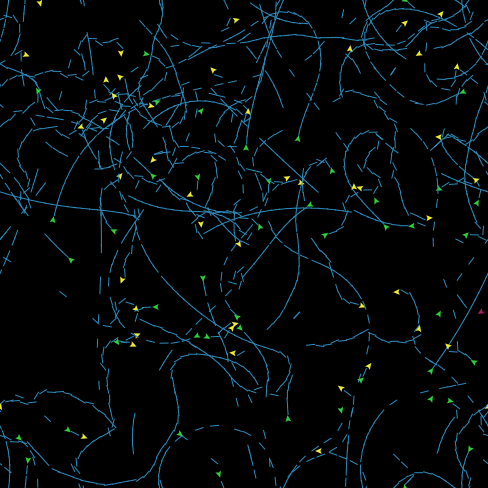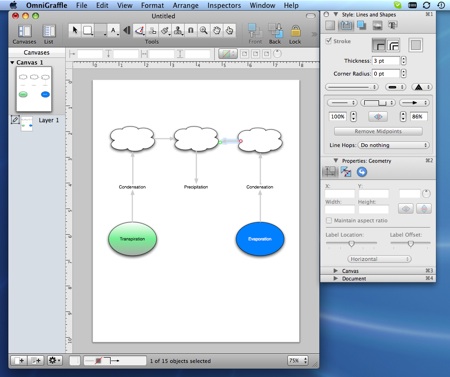How do you sum up a course – 3 months of your life – in a blog post? I don’t know if you can, but I’d like to put a bit of a period to this e-folio … a summation.
I’ve thoroughly enjoyed ETEC 533 … the use of technology in science and math classes is one of the most interesting areas of educational technology, and one of the areas with major, major potential for expansion and further growth.
Another aspect of the course that has been extremely helpful is the introduction of cognitive psychology and computer science into this education-focused class. Cognitive psychology has a lot to teach us about how we think, how we learn, how we remember, and how we exist as part of a milieux, rather than individual islands floating through a social sea. And computer science is fascinating as we apply some of those findings in an artificial world – not fake, but artifice, made – of our own devising, and try to make machines make sense … make meaning.
Reviewing some of the newer technologies – networked labs (“collaboratories”), VR worlds – as well as some of the “older” standbyes such as handheld computers and simulations has been engrossing and rewarding. Some of these areas are being reinvigorated: the handheld, for instance, by the iPod Touch and iPhone. Others such as VR are reaching new heights in environments like Second Life, and even being combined with teaching technologies like Moodle in mash-ups like Sloodle. Meanwhile, laptop schools are getting more and more common, and with netbooks coming out at lower and lower prices, the options and cost of entry for schools is getting lower and lower.
Studying the use of technology and the pedagogy inherent in multiple different frameworks (Jasper, WISE, the GEODE initiative and WorldWatcher, NetLogo, the Geometer’s Sketchpad, Illuminations, Exploratorium, the GLOBE project, and many others) for integrating curriculum and technology has been another highlight.
And that’s also helped as we have – in groups – built our own technology-enhanced learning environment. Our group’s offering, about science and technology in the curriculum of developing countries, is available here.
Over all, it has been a challenging but very worthwhile experience!
 A fairly simple example is
A fairly simple example is 
